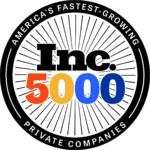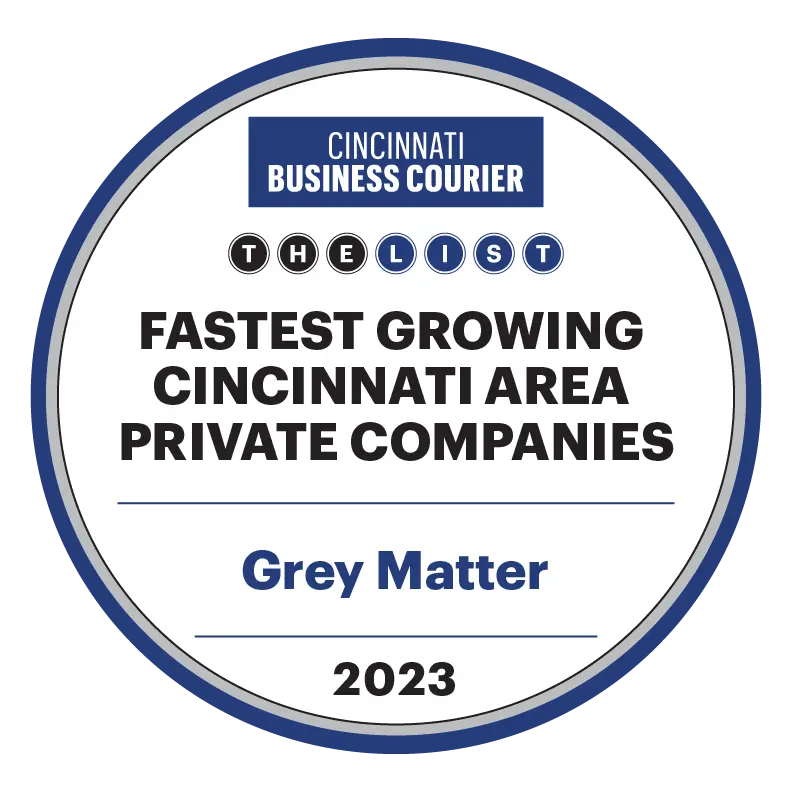SEO, or Search Engine Optimization, is the method used to help your website rank higher in search engine results. It makes your website more visible to people searching for solutions your company provides.
Why is SEO important? Because 90% of Google users stay on the first page of results during their search. If your website isn’t listed on the first page of results, you’re bound to get missed. While you can’t guarantee users will click your link, you can make it more likely by using SEO to rank on the first page, and even better, higher on the first page, so your business will get the visibility it deserves.
Here are 5 SEO best practices for your B2B to follow to maximize your organic search engine traffic.
Focus on a Single Keyword
When preparing content for a page, make sure you stick to a single keyword to focus around. This is key to SEO because it makes it clear to both Google and your visitor what the page will discuss.
If you use too many keywords on a page, it dilutes the message, and therefore may not rank highly on Google or another search engine. Keep the content of each page concise and make sure to reference the word or phrase throughout the page.
This not only helps with SEO ranking, it also helps with UX. Having a single key theme per page helps the user navigate your site more easily and results in less digging and frustration, which could likely lead to them leaving your site altogether.
Use a Keyword Page Title and URL
When titling your page, you should name it using the keyword you want to highlight for SEO. Likewise, you should customize the URL of the page to match. For instance, our Case Studies page is titled, “Case Studies,” and the URL matches: www.gogreymatter.com/case-studies
Using this strategy helps visitors identify exactly what the page’s content will be and it tells Google how to categorize the page in their search. It makes your content easily searchable and makes navigation a breeze. It will also allow for exact keyword matches within a search.
Keyword Research
When deciding on the right keywords to use for SEO, make sure you do your research. This could include using a keyword planner like Google Ads offers or performing searches yourself for similar content.
It is important to understand how users search for the content you’re offering. Implementing research into your keyword strategy will help boost your organic SEO and ensure your website is always on the first page of search results.
Using Header Tags
When structuring your website pages, it’s best to use only one H1 tag per page. An H1 tag, or Header 1, is the main header on the page, usually the title of the page or blog. This clearly communicates to Google and your users what the page is about.
Using too many H1 tags can confuse Google and cause your page to rank lower than you want. To help with navigation of the page, use H2 and H3 tags for other subheaders and topics listed.
Meta Description
A meta description is an HTML element that describes what is on your page. It’s a snippet of text that will appear within search results that tells the search engine and users what the page contains without visiting.
A meta description should be around 160 characters, about the length of a Tweet. Brevity is key to make sure it will fit in Google results. Think of it as an organic ad, something that should spark interest and encourage clicks. Use it as a place to include features or topics that aren’t included in the title of the page.
Organic SEO can be tricky in our digital world. Use these tips to optimize your website to be found with search engines like Google and bring more visitors to your website.
Need more help with SEO strategies? Reach out to us. We’ve done tons of research on SEO best practices and can help you get to the first page.









